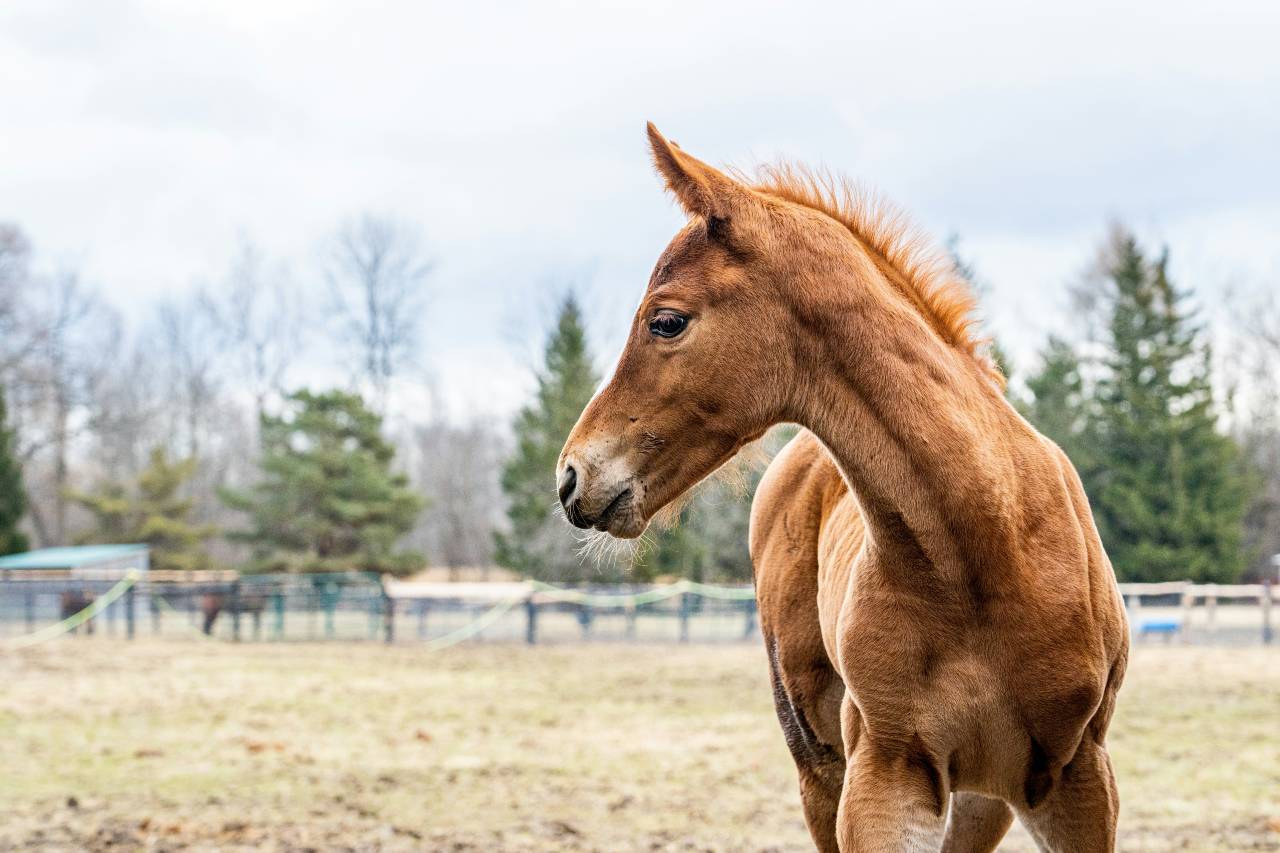In scripture and tradition, there is some ambiguity to what animal Jesus is riding into Jerusalem. Tradition has long taught that it was a donkey — which is an excellent articulation of humility and a perfect contrast with Roman warhorses. But the word used in Mark and Luke’s gospels is a colt, which is the same word used for a young donkey or a young horse.
Are we sure it’s a donkey? No. But tradition really likes the image. And always has. Matthew’s gospel actually refers to both a donkey and a colt being present. This presents an interesting question of whether this reflects Matthew adapting to tradition already in the early 80s in the common era — or does he reflect a true departure from Mark (and Luke).
The term used in each of the gospels is translated as colt, which refers to both a young donkey or a young, untamed horse. Obviously the idea of the donkey is attractive. But what happens if we consider Jesus riding a young horse instead?
What is distinct about a colt is that it hasn’t been trained to be ridden. One couldn’t throw a saddle on it and ride, let a lone a couple cloaks. This would take training over a matter of time.
Except Jesus just hops on and rides.
To consider the colt is to consider this a demonstration of power and humility. An example that deeply contrasts with the naked aggression of the Roman empire.
Once again Jesus can do what the mighty cannot — to live in harmony with creation. He can still the wild storm and also calm the wild horse.
There are signs here of youth and rebellion, of learning and hope, too. Jesus is making the one who could never be good enough his “good enough” — like the disciples. And facing the power of Empire with a child.
They will see Jesus as dangerous, too, as a threat, not to peace and justice, but to their cruel empire.
